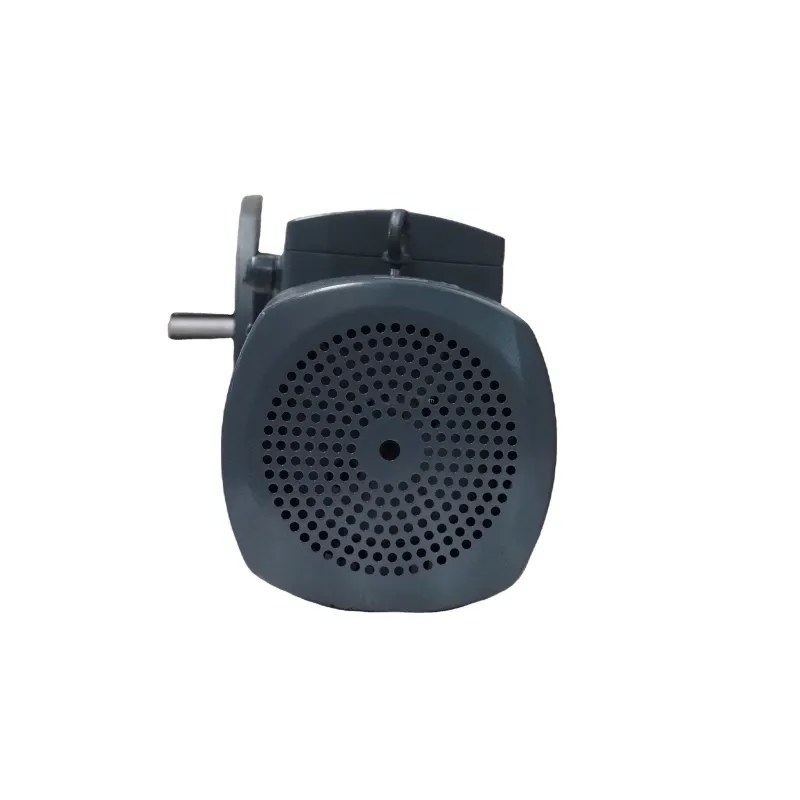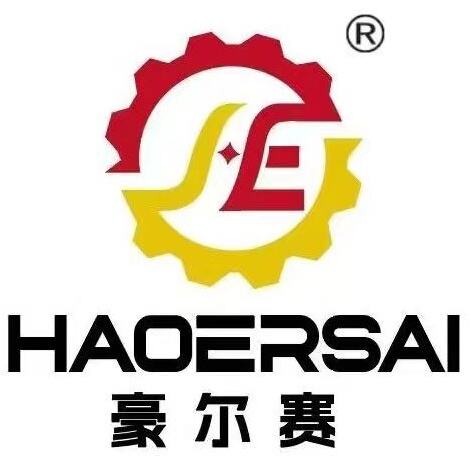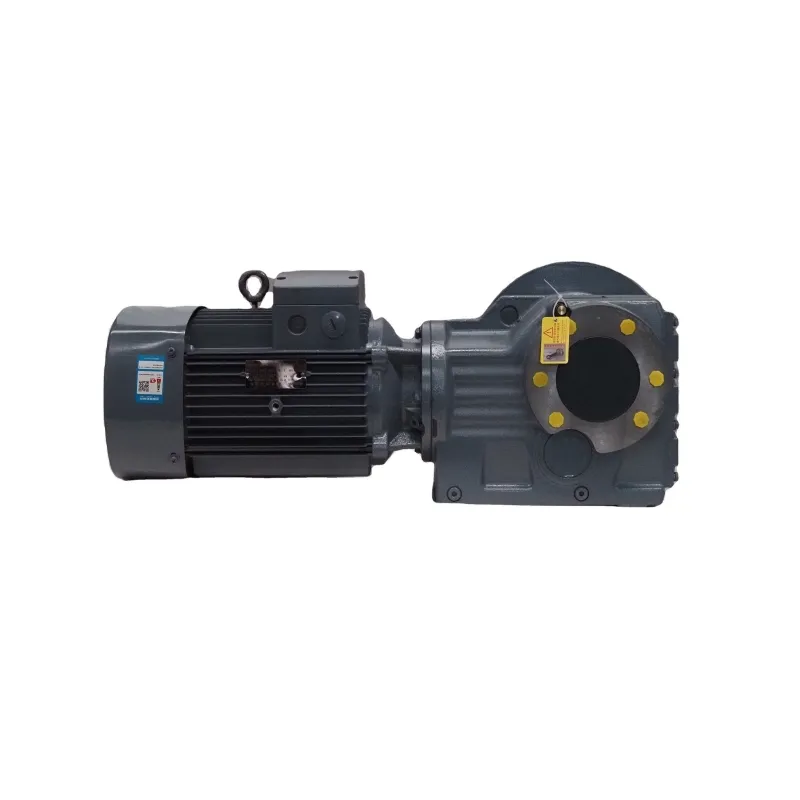Engineering a Better Drive Solution
Helical gear motors combine the simplicity of an integrated motor and gearbox with the mechanical advantages of helical gearing, delivering a compact, reliable, and efficient drive solution for industrial machinery. When designers specify gear motors for conveyors, mixers, extruders, or packaging lines, they increasingly choose helical variants because of their smooth operation, high load capacity, and favorable efficiency characteristics. In this article we explore the technical features that make helical gear motors ideal for industrial use, the practical benefits in different applications, and how selection and maintenance choices preserve long-term performance.
Smooth Power Transmission and High Load Capacity
How helical geometry improves load sharing
One reason gear motors perform well in heavy-duty environments is the helical tooth form itself. Compared with straight-cut teeth, helical teeth engage gradually along a line of contact rather than an instantaneous point. This progressive engagement spreads load across several teeth, reducing stress concentrations and enabling higher torque transmission in a given package. For industrial gear motors, that means more durable service under shock and continuous loads.
Reduced dynamic shock and vibration
Because the load transfer in helical systems is more gradual, gear motors employing helical gears generate lower dynamic shock and vibration. Lower vibration reduces fatigue on bearings and housings and improves the reliability of driven machinery. In practice, machines that run with less vibration need fewer interventions and provide more stable output — a critical advantage for production lines that cannot tolerate variability.
High Efficiency and Energy Savings
Minimizing frictional losses in gear motors
Efficiency in a gearbox is a function of tooth contact, bearing drag, seal friction, and churning losses. Helical gear motors typically offer better rolling action and reduced sliding compared with other configurations, which lowers frictional losses. Over thousands of operating hours, those incremental gains translate into meaningful energy savings for industrial facilities.
Efficiency across operating ranges
Helical gear motors maintain good efficiency over a wide range of speeds and loads, making them suitable for variable-process operations. When paired with variable frequency drives or modern motor controls, gear motors enable systems to run closer to their optimal operating points, reducing wasted energy and improving overall plant-level efficiency.

Compact Design and High Torque Density
Saving installation space without sacrificing performance
Industrial floorspace is valuable. Helical gear motors provide high torque density in compact housings, allowing engineers to design smaller, lighter powertrains. Applications such as robotic joints, conveyor drives, and packaging equipment benefit from compact gear motors that fit into tight mechanical envelopes while delivering the torque required for heavy throughput.
Integration and reduced part count
Because a gear motor merges motor and gearbox into a single assembly, installation complexity decreases. Fewer couplings, shafts, and auxiliary components mean less alignment work and fewer sources of failure. For maintenance teams, this integration simplifies spare parts management and shortens mean time to repair.
Quiet Operation and Improved Working Conditions
Noise reduction from helical meshing
The overlapping contact of helical teeth inherently lowers the acoustic emissions of the gear stage. In industrial settings where noise regulation, worker comfort, or sensitive sensors are considerations, choosing quieter gear motors improves the environment without extra damping equipment.
Benefits to automation and precision processes
Low noise and vibration help delicate automation tasks by reducing interference with sensors and enabling finer motion control. For processes that rely on precise positioning or gentle handling (for instance, medical device assembly or precision optics handling), the smooth operation of helical gear motors preserves quality.
Robustness and Long Service Life
Material choices and heat treatment
Modern gear motors combine engineered materials and heat-treatment processes to resist pitting and fatigue. Helical gears benefit from thorough hardening and surface finishing, which extend useful life when properly lubricated and maintained. Robust gear motors handle the wear and tear of continuous industrial operation with fewer unexpected outages.
Bearing and seal engineering
Supporting the helical gear stage are bearings and seals designed to cope with thrust loads and maintain oil integrity. Gear motors configured for industrial environments include bearings selected for axial and radial load capacity and seals that balance protection with low drag. Properly engineered support systems preserve gearbox geometry and extend maintenance intervals.
Versatility in Mounting and Configurations
Multiple mounting options for diverse machinery
Manufacturers supply helical gear motors in foot-mounted, flange-mounted, and shaft-driven variants, enabling adaptation to a wide array of machines. This versatility makes it easier to replace older drives or retrofit advanced motor-gear combinations into legacy equipment, reducing the need for extensive mechanical redesign.
Ratio choices and customization
Helical gear motors are available across a wide span of gear ratios, from low-speed, high-torque units to higher-speed configurations. Customizable options — multiple stages, parallel shafts, or hollow output shafts — allow engineers to match the drive precisely to application requirements without adding external reduction stages.
Integration with Modern Controls and Drive Systems
Compatibility with variable speed drives
Most industrial systems now use electronic speed control to match torque and speed to process demands. Helical gear motors are compatible with variable frequency drives and servo systems, offering smooth torque delivery and predictable behavior under dynamic control. When combined with modern drives, gear motors can optimize process throughput and reduce energy consumption.
Sensors and condition monitoring ready
Advanced gear motors can be specified with sensor ports and options for vibration, temperature, or torque sensing. Integrating condition monitoring into gear motors enables predictive maintenance strategies that protect uptime and preserve efficiency by addressing wear before it escalates.
Maintenance Practices that Maximize Gear Motor Lifespan
Lubrication regimes and oil management
Lubrication is central to maintaining gear motors. Choosing the correct lubricant viscosity and establishing oil-change or filtration schedules prevents contamination and keeps friction low. For heavy-duty industrial gear motors, forced lubrication with filtration is common to remove debris and maintain oil cleanliness, directly affecting service life and energy performance.
Alignment, mounting checks, and periodic inspections
Even the best gear motors underperform if misaligned or poorly mounted. Routine checks for fastener torque, shaft alignment, and bearing condition prevent secondary failures. Visual inspections and periodic oil analysis give early warning of issues such as pitting, contamination, or bearing degradation.
Application Case Types Where Helical Gear Motors Excel
Continuous-process drives and conveyors
In conveyor systems that operate 24/7, the durability, smooth torque, and efficiency of helical gear motors contribute to predictable throughput and lower life-cycle cost. Their compact size also simplifies line layout planning and reduces the footprint of drive stations.
Packaging, food processing and machine tools
Applications requiring quiet operation, fine speed control, and frequent starts and stops — like packaging lines or food processing machines — benefit from the responsive nature of gear motors. The smooth torque output reduces product disturbance and supports higher-quality end results.
Selection Criteria for Specifying Gear Motors
Duty cycle and load profile considerations
When choosing a gear motor, characterize the duty cycle: intermittent vs continuous, shock loads, reversing frequency, and ambient conditions. Selecting a unit with the right thermal rating and service factor ensures the gear motor will operate reliably under expected conditions.
Efficiency, serviceability, and total cost of ownership
Beyond purchase price, evaluate gear motors on serviceability, expected maintenance intervals, and energy efficiency. A slightly higher initial cost for a more efficient or easier-to-service gear motor often yields lower total cost of ownership through reduced downtime and energy bills.
Safety and Standards Compliance
Ensuring compliance with industrial directives
Industrial gear motors should meet relevant safety and electromagnetic compatibility standards for the region of use. Compliance simplifies machine certification and reduces regulatory risk for manufacturers and operators.
Built-in safety features and fail-safes
Many gear motors incorporate mechanical and electrical safety options — torque limiters, brakes, or thermal protection — that prevent damage in overload scenarios. These protections preserve equipment and protect personnel.
Future Trends in Gear Motor Development
Electrification and intelligent drives
As industry embraces electrification and smart factories, gear motors will integrate more sensing and networked control, enabling adaptive performance and improved energy profiling. Gear motors will increasingly act as intelligent nodes in connected production cells.
Materials and surface innovations
Ongoing advances in surface engineering and materials may yield gear motors with even lower friction and longer life, further boosting efficiency and lowering maintenance costs across industries.
FAQ
What are the main advantages of helical gear motors over other gear types?
Helical gear motors deliver smoother engagement, higher torque capacity for a given size, and reduced vibration and noise compared with straight-cut gears. These benefits translate to longer life and better performance in continuous industrial applications.
How should I choose the right gear motor for a continuous conveyor application?
Assess the conveyor’s duty cycle, anticipated peak and average loads, ambient conditions, and required service factor. Choose a gear motor rated for continuous duty with suitable cooling, lubrication, and a safety margin for shock loads.
How often should industrial gear motors be inspected and serviced?
Inspection frequency depends on duty cycle and environment. High-use installations typically benefit from monthly visual checks and quarterly oil analysis, while continuous-process drives may use real-time condition monitoring for proactive maintenance.
Can gear motors be used with variable speed drives safely?
Yes. Modern gear motors are compatible with variable speed drives and can be matched to drive dynamics. Ensure that the gearbox lubrication and thermal design support the range of speeds and torque demands imposed by variable-speed operation.
Table of Contents
- Engineering a Better Drive Solution
- Smooth Power Transmission and High Load Capacity
- High Efficiency and Energy Savings
- Compact Design and High Torque Density
- Quiet Operation and Improved Working Conditions
- Robustness and Long Service Life
- Versatility in Mounting and Configurations
- Integration with Modern Controls and Drive Systems
- Maintenance Practices that Maximize Gear Motor Lifespan
- Application Case Types Where Helical Gear Motors Excel
- Selection Criteria for Specifying Gear Motors
- Safety and Standards Compliance
- Future Trends in Gear Motor Development
- FAQ

